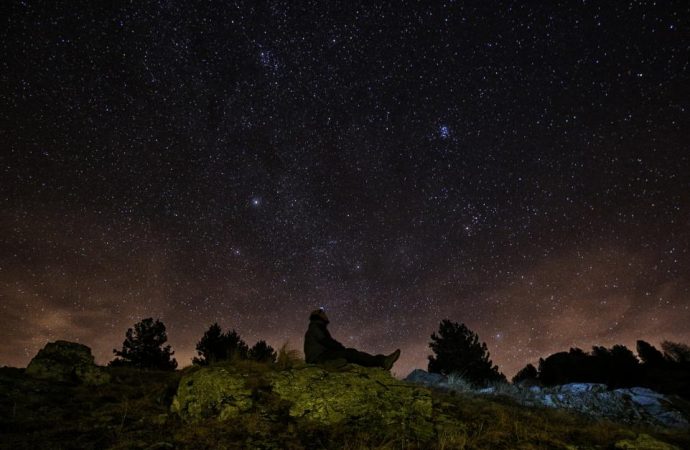3200 Phaethon is an asteroid measuring about 3 miles across that roams our galaxy, passing in and out of planetary orbits on its journey. Next month, 3200 Phaethon will zoom by at 6.2 million miles from Earth, which, in space terms, is nearly too close for comfort.
Phaethon is a near-Earth heavenly body that orbits the sun every 1.4 years. During its (near) annual path around the sun the asteroid passes very close to Earth. This year, the asteroid will come closest to Earth in mid-December, a few days before the annual Geminids meteor shower. NASA reports that at its closest proximity, 3200 Phaethon will come within only 2 million miles short of Earth’s orbit.
Along with its proximity to Earth, the asteroid is also very large, about half the size of the asteroid scientists believe may have caused the extinction of the dinosaurs. As a result, NASA classifies the object as a “potentially hazardous asteroid” (PHA).
The asteroid is a true space anomaly and NASA still isn’t quite sure how to classify it. Although technically listed as an asteroid, 3200 Phaethon is also the only asteroid ever observed to be responsible for meteor showers. Usually, meteor showers are the result of icy debris on a comet vaporizing as it comes close to the sun. This causes the debris to blast off into space, with some pieces hitting the Earth’s atmosphere at extremely high velocity, giving us quite a show.
The Geminids shower is unusual in that it originates from an asteroid—3200 Phaethon. For this reason, NASA suggests that at one point the meteor used to be a comet, but 3200 Phaethon’s true origins remain a mystery.
Asteroids are large space rocks that are not quite large enough to be classified as planets. 3200 Phaethon has traveled very far throughout our solar system and likely originated somewhere between Mars and Jupiter. In fact, all asteroids likely originated from this one pocket in our solar system, because during our solar system’s formation, the birth of Jupiter prevented any planetary bodies from forming in the gap between Mars and Jupiter. This caused small objects that were present here to collide with each other and fragment into the asteroids that are still seen in the night sky today.
NASA says that Jupiter’s gravity has caused debris from 3200 Phaethon to be pulled closer to Earth over the past few centuries, which may result in even more breath-taking Geminids meteor showers. We’ll remain safe, however, as the asteroid has been hurtling close to Earth for several hundred years already without any harm yet.
This year the International Meteor Organization report that the Geminids meteor shower can be seen between December 4-17, but will peak on the 13th and 14th. Make sure not to miss this year’s show.
Source: Newsweek


































Leave a Comment
You must be logged in to post a comment.